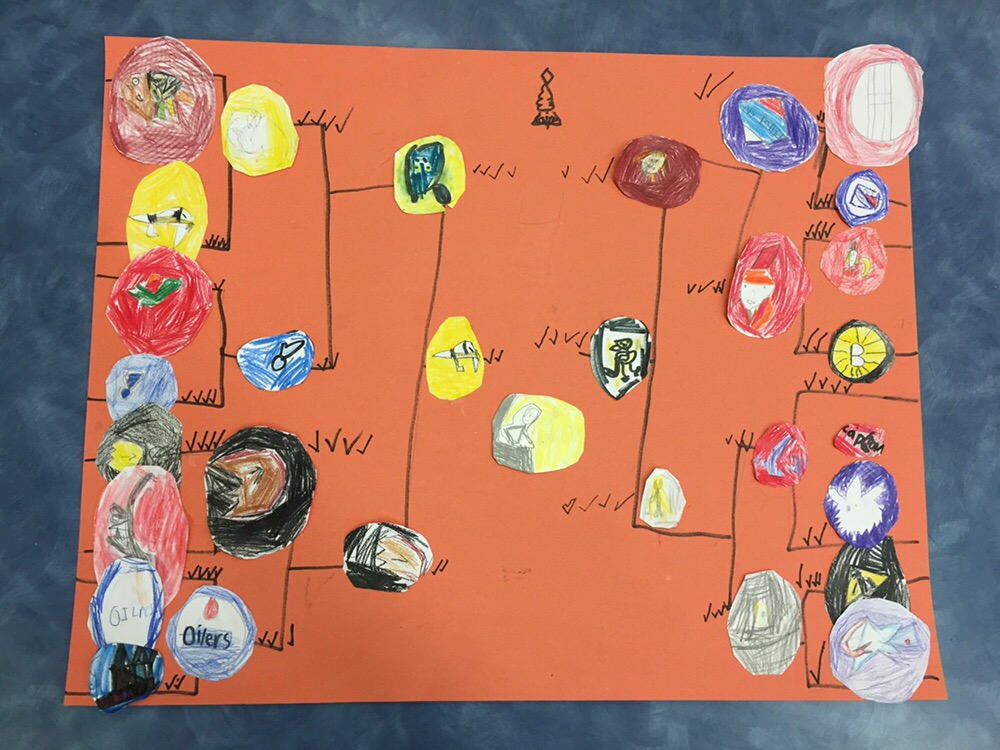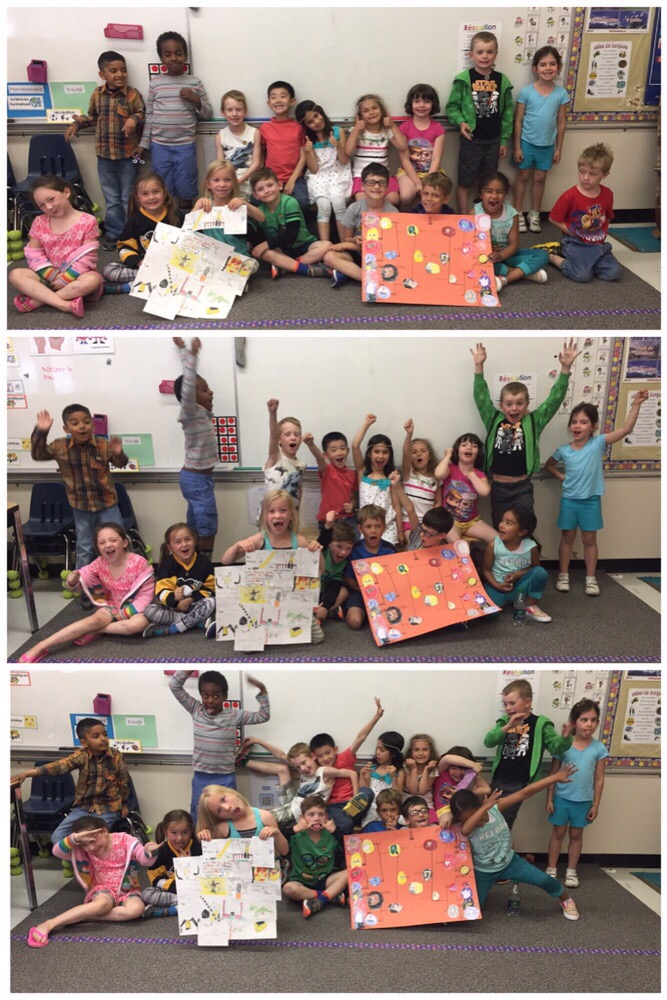Let Curiosity Lead the Way
Young kids are naturally curious, but they tend to lose it, or hide it, as they grow older. A baby for example is so curious about her environment. Everything is new in her eyes and she uses her curiosity to learn about her world. Fast forward to a four year old who displays curiosity in the form of a million and one questions each and every day. This is blatantly obvious with my 4 and a half year old, Emmett. Here are some of my favourite questions he’s asked recently:
- Maman, why is the water on this side of the boat higher than on that side?
- Why are there waves?
- Does this bug live in the sand or on the sand?
- Are those the same train tracks that we see when we’re coming home from school?
Last week, George Couros shared the post “Curiosity Is the Cat” by Will Richardson (you should read it, it’s fantastic and on point) and it really got me thinking about how curiosity is an essential component in learning. In the article, Will says
“Think of most skills, all the stuff that doesn’t show up on the report card, all the stuff that probably matters more than the stuff that shows up on the report card, and you’ll find they are steeped in curiosity.”
I couldn’t agree more with this. Curiosity is what drives us, especially in our learning. As soon as a student becomes curious, the resiliency it takes to overcome obstacles, happens muchmore naturally.

We know that curiosity quickly diminishes as children hit school; school is killing curiosity. So, what can we do about that, because we obviously have to do something! Tapping into curiosity doesn’t have to be complicated, we just have to be open to it and listen and look for it. The more the students see that we’re paying attention to their curious minds, the more they will share what they’re wondering about. I also believe that there are other ways to prompt curiosity, if we find that it isn’t happening as naturally as it should. Curiosity, just like creativity, is something that everyone has, it just need to be unleashed. In the book Teach Like a Pirate, author Dave Burgess does a fantastic job of giving countless examples of hooks to use to engage students. These hooks definitely create environments where curiosity can constantly be seen! In the book Learn Like a Pirate, Paul Solarz explores what having a student-led classroom looks like, which inadvertently boosts curiosity. Students learn to lead and take charge of their own learning, while sharing their questions along the way.
A quick google search also gives countless tips on how to boost curiosity. I really enjoyed the article “5 Ways to Develop Curiosity” which gives simple examples of things to do to improve curiosity. All of these examples could easily be done in the classroom, but I especially loved the last 3: Question Everything, Do Something Different, and Conquer Fear. Imagine if students were not only encouraged to question everything but to also share those questions with everyone else. Imagine if we, and our students, took risks to do something different and to conquer our fears? What would this do to our curiosity?
An example of tapping into the curiosity of my students happened effortlessly last year with my 1st graders. The NHL playoffs were starting, and there was constant chatter around this in the classroom. Questions arose and curiosity was spiked. This lead to a perfect way to build on our learning in an authentic way, while tapping into students’ interests and curiosity. First, the students collaborated to create a chart, and we explored how teams go through the playoffs; what wins mean, how many they need, rounds, home game and away games, etc. We also checked out the players’ stats and numbers and incorporated a lot of math. We would check the standings every morning and students would share who won so we could add to our chart. We were also super lucky that one of the students’ dad went to two games in the final around (one of which was the Stanley Cup game!!!) and sent us a few of videos and pictures! After watching the videos and looking at the pictures, my students texted him back to thank him and tell him how much they loved watching (insert literacy here)! As a cherry on top, this dad brought back Pens vs. Preds pins for all of the students! Simple concept for a little project that didn’t take much time, but definitely created an authentic learning experience while building on the students’ curiosity, passions and interests.
I think it’s time that classroom environments encourage and build on curiosity! Curiosity may be hard to see at first, but it is there, we might just need to look a little harder for it. Once we acknowledge it, listen to it, and incorporate it into our everyday practices, it will grow and become more obvious. What are you doing to ensure curiosity thrives in your classroom?




Leave a Reply